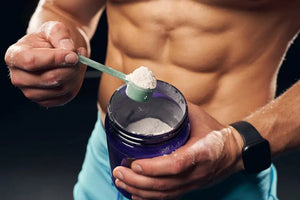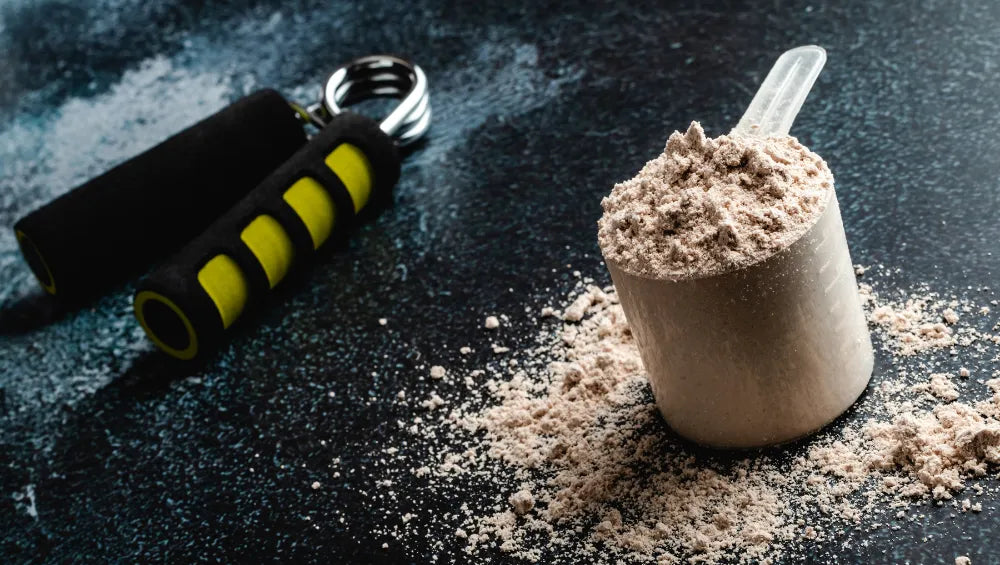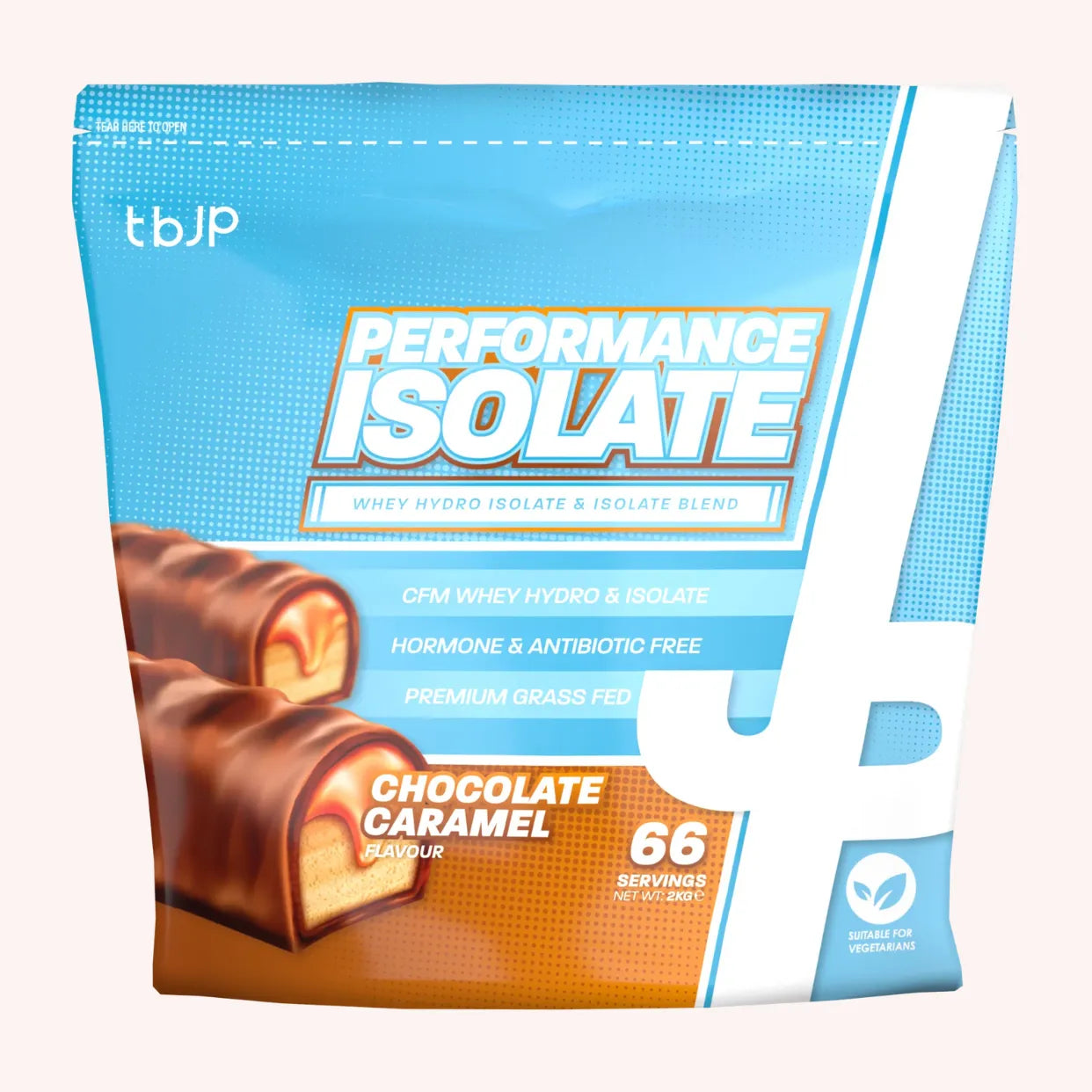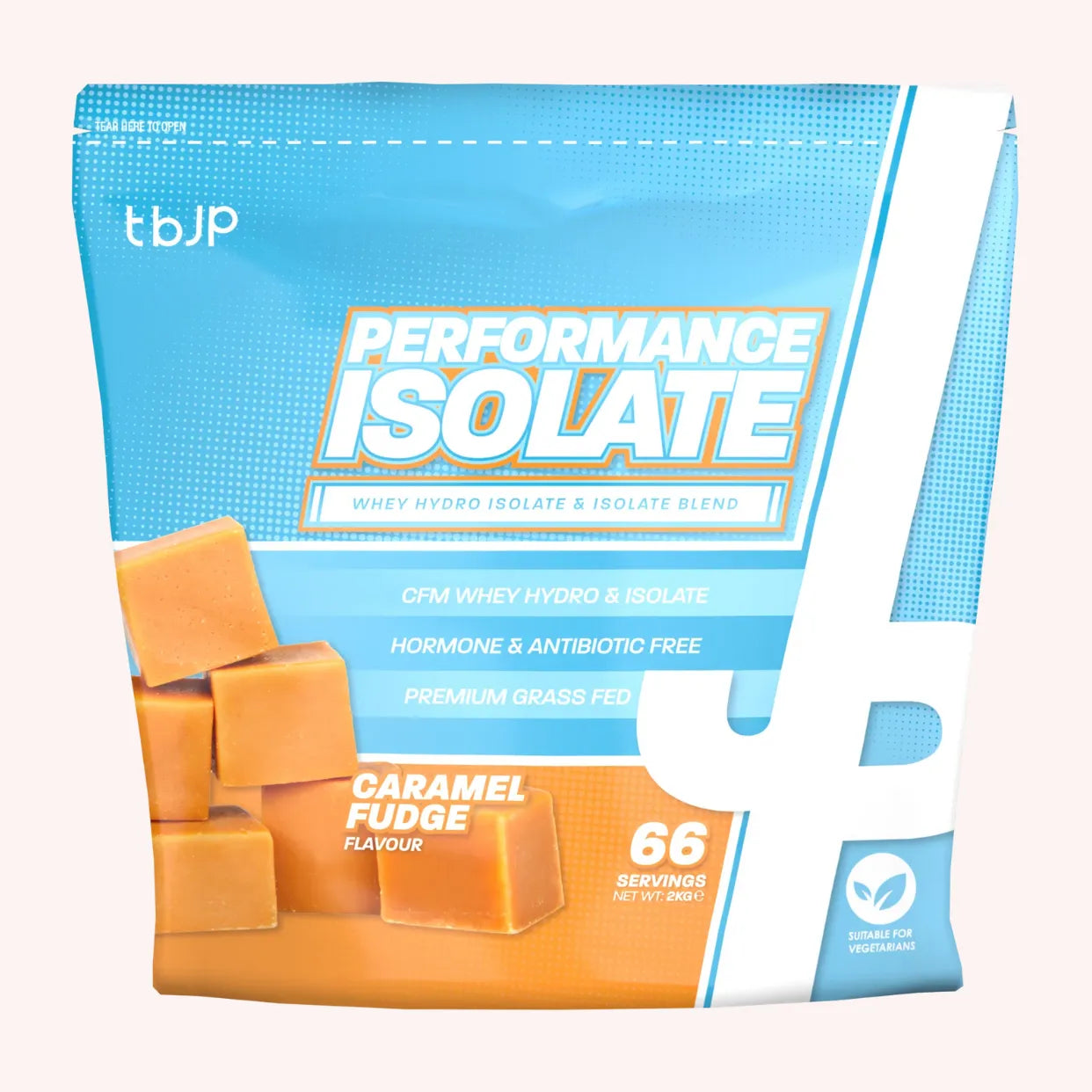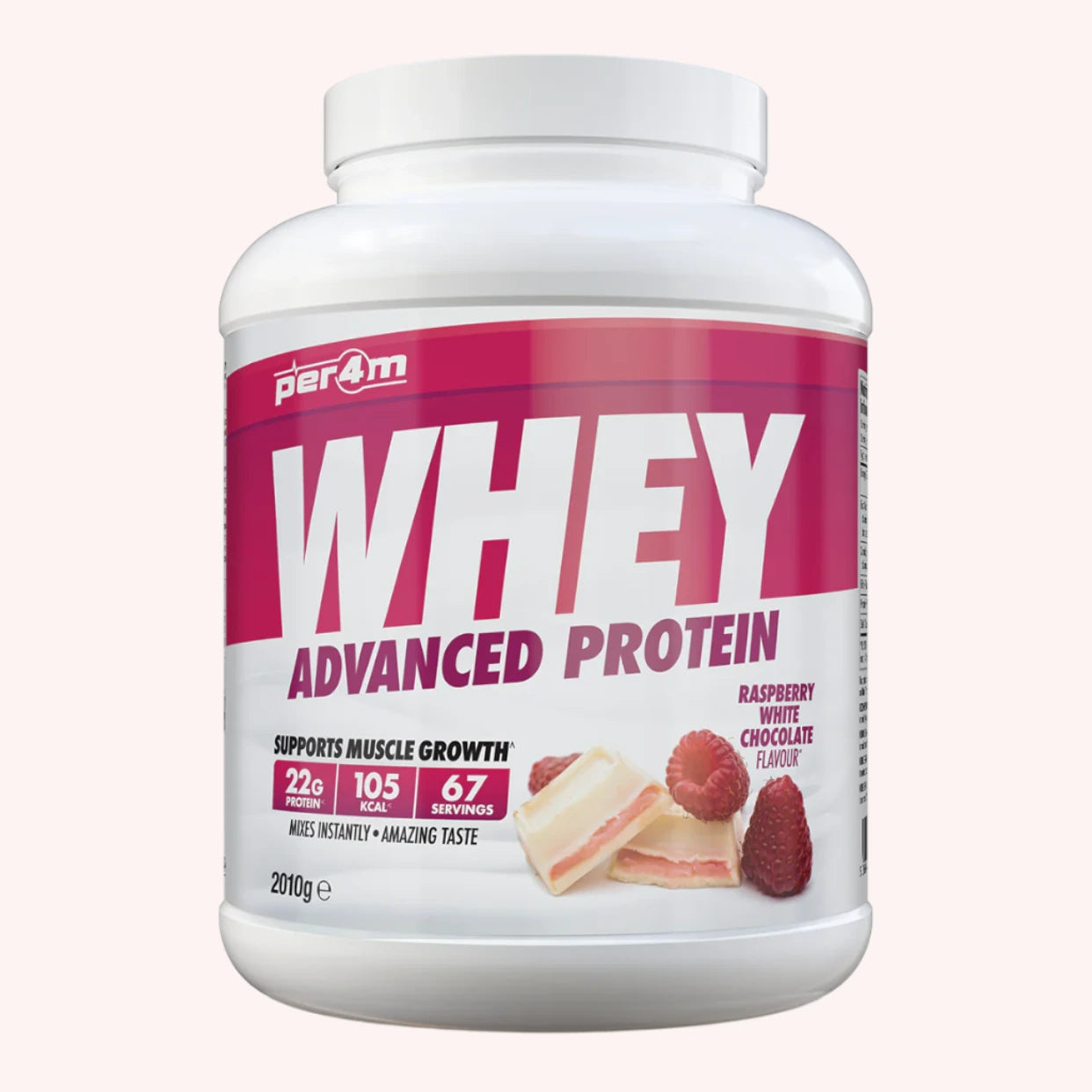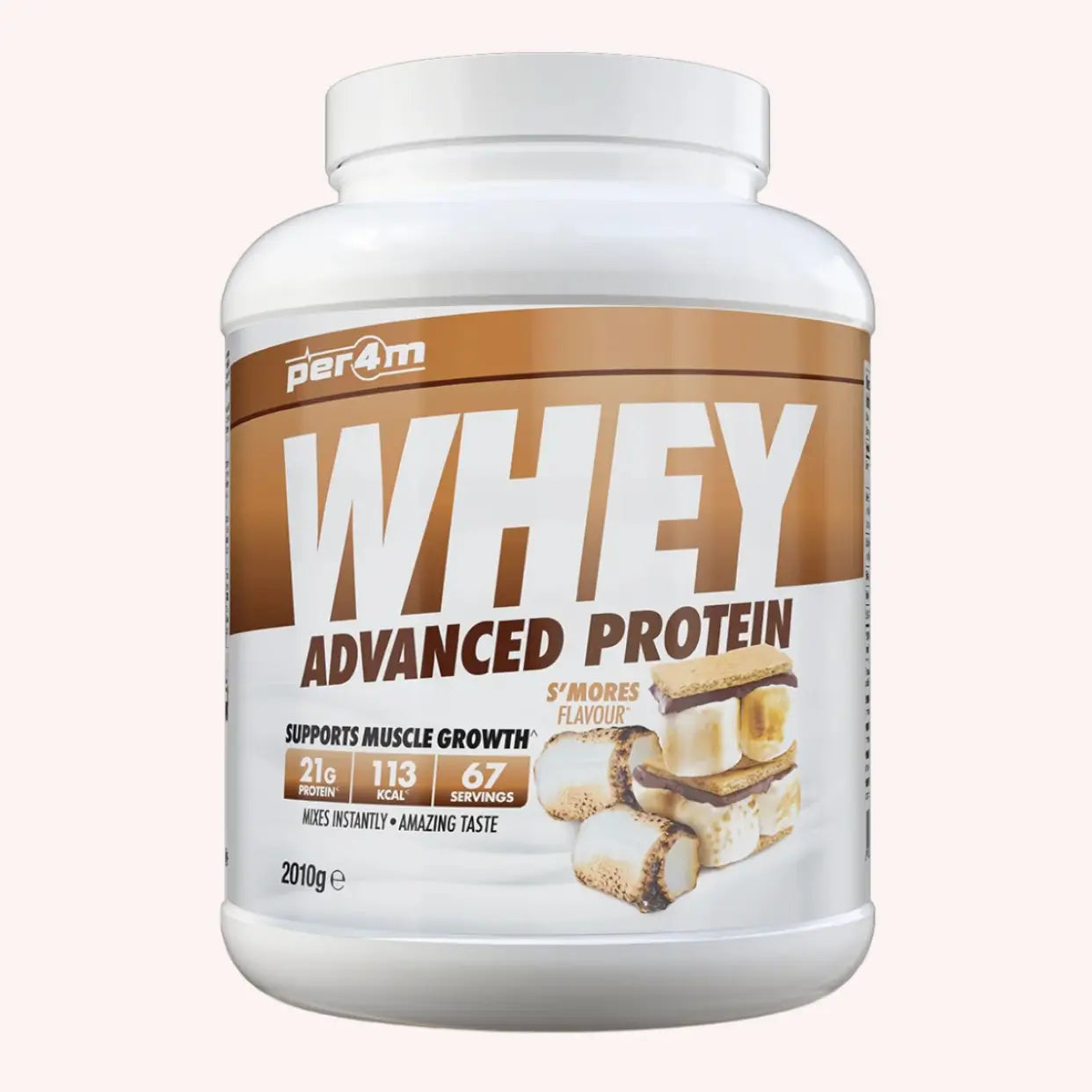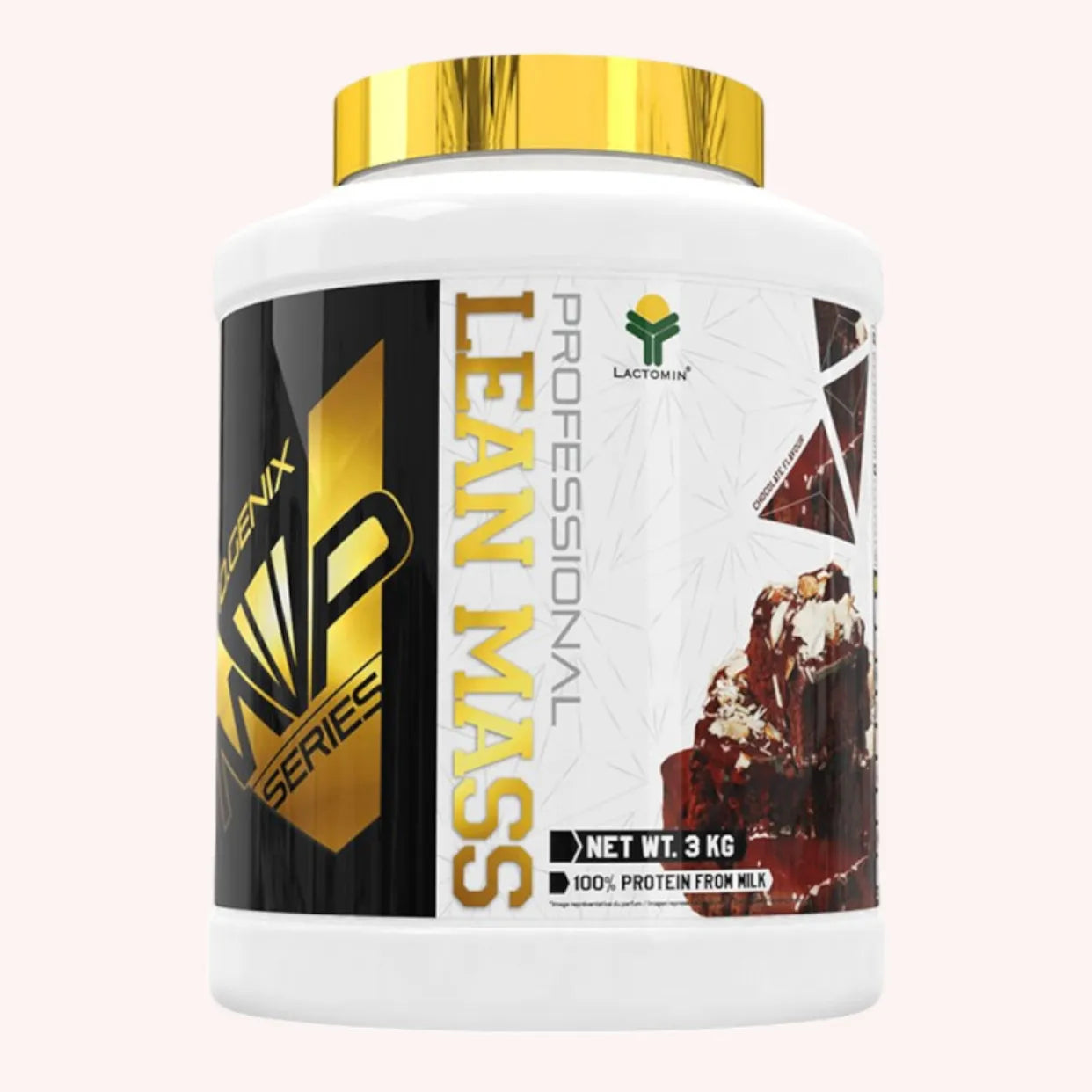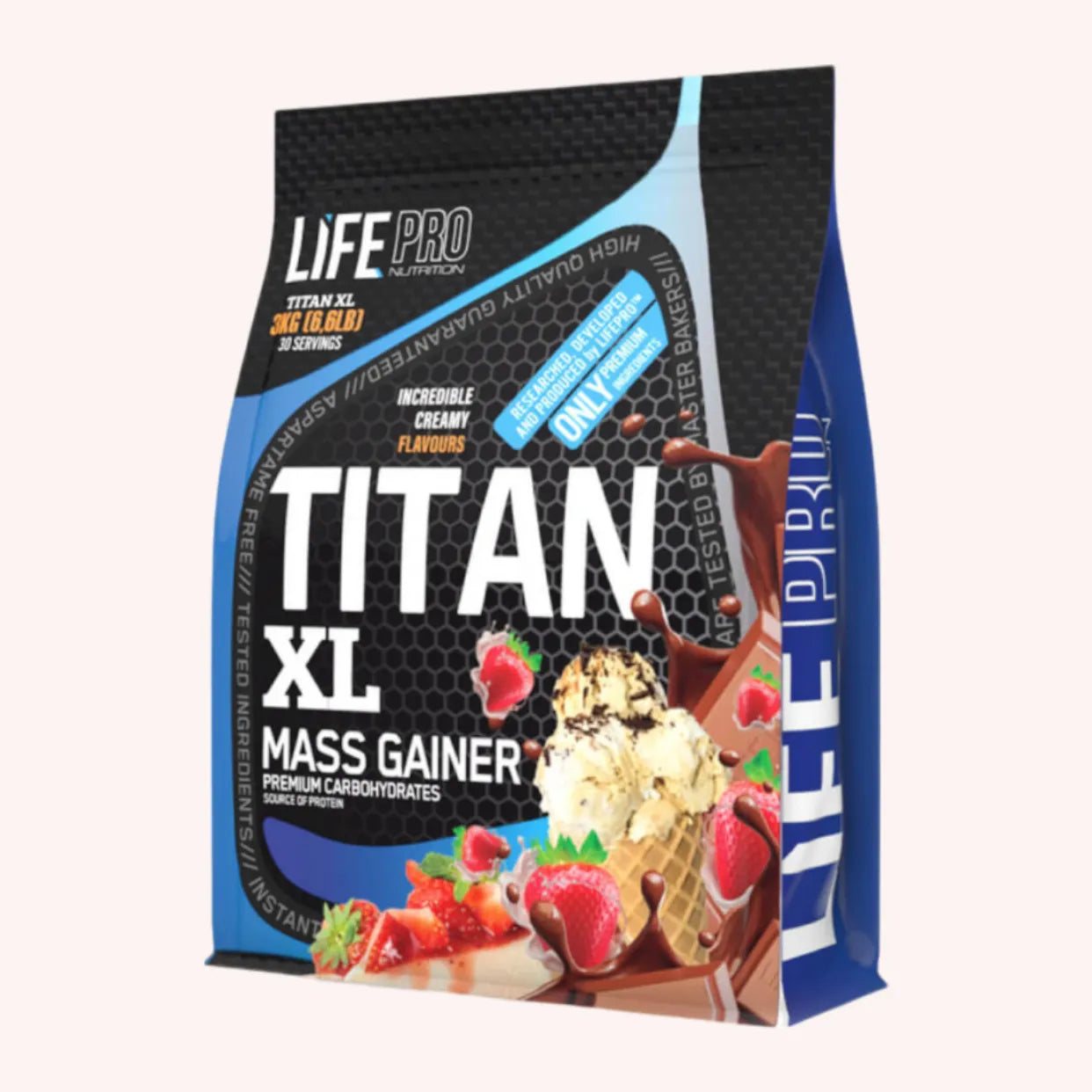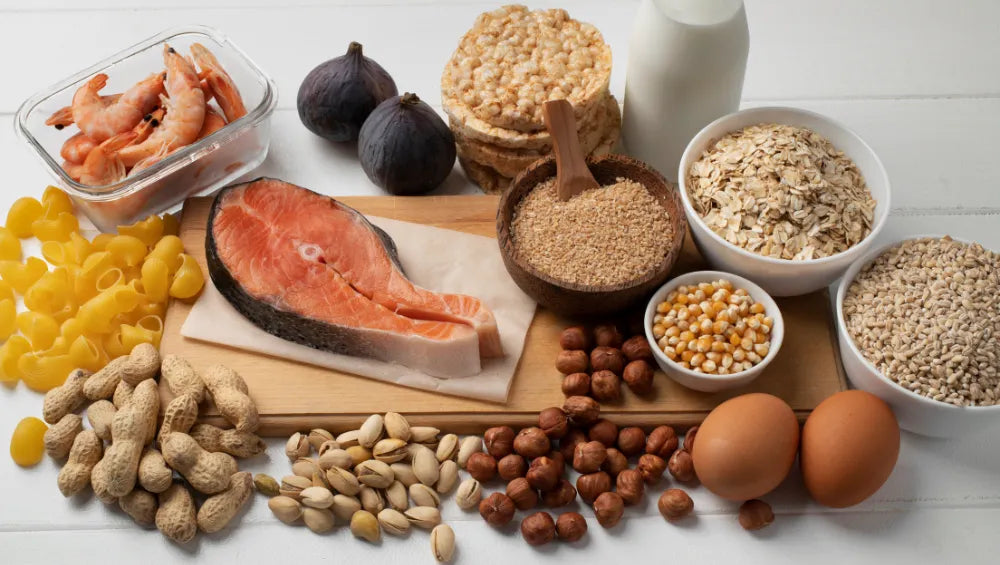Gaining muscle mass is a central goal for many bodybuilding enthusiasts. While a structured training program is essential, a proper diet, such as sports nutrition , particularly rich in protein, is essential to support your efforts and maximize your results.
This guide takes an in-depth look at the role of protein in mass gain, its sources, consumption strategies, and ideal supplements.
Why is protein essential for gaining mass?
Protein plays a fundamental role in muscle development, providing the amino acids needed for muscle fiber repair and growth. In bodybuilding, micro-tears caused by physical exertion require optimal repair, a process made possible by protein synthesis.
Here is a detailed explanation of why they are essential for gaining mass:
Muscle synthesis: A key process
Essential amino acids, especially leucine, play a role in triggering muscle protein synthesis. This mechanism involves rebuilding and strengthening muscle fibers damaged during training. Adequate protein consumption directly stimulates this process, thus promoting muscle hypertrophy, i.e., an increase in muscle size.
Optimized repair and recovery
After an intense workout, the body enters a recovery phase where it must not only repair micro-lesions in muscle fibers but also limit muscle catabolism (tissue breakdown). A protein-rich diet helps maximize this recovery, reducing muscle soreness and accelerating the return to optimal condition for new performances.
Improved physical performance
Protein isn't just for repair: It also helps improve strength and endurance. By providing the nutrients needed to build stronger muscle tissue, it allows athletes to gradually increase their weights and extend their workouts—two essential factors for effective muscle gain.
Recommended daily intake
For bodybuilders aiming to gain mass, nutritional recommendations recommend an intake of 1.8 to 2.2 g of protein per kilogram of body weight per day. This can be achieved through a combination of protein-rich foods, such as lean meats, fish, eggs, and dairy products, as well as plant-based proteins (lentils, chickpeas, tofu) and protein supplements if necessary.
Protein isn't just a nutrient; it's the building block for effective and sustainable muscle growth. A well-thought-out nutritional strategy, combined with the right training, is the key to maximizing your mass-gaining results.
To achieve your mass gain goals, it's essential to choose high-quality protein sources that meet your needs. A varied and balanced diet, combining animal and plant proteins, guarantees an optimal intake of amino acids, essential for muscle building. Here's an overview of the best protein sources for successful mass gain.
Animal proteins: Effectiveness and nutritional richness
Animal proteins are often preferred for their high concentration of essential amino acids and their excellent bioavailability, that is, their ability to be easily assimilated by the body.
- Lean meats: Chicken, turkey, and beef tenderloin are staples for bodybuilding. High in protein and low in saturated fat, these meats promote muscle development while limiting unnecessary calorie intake. Opt for grilled or roasted meats to maintain their nutritional profile.
- Oily fish: Options like salmon, mackerel, and sardines not only provide quality protein but also omega-3s, which support muscle recovery by reducing inflammation. These fish are also rich in B vitamins, essential for energy production.
- Eggs: Eggs are often referred to as the "perfect protein" thanks to their complete amino acid profile. They're particularly valued for their high bioavailability, which means your body can use them efficiently to repair and build muscle. Eat them whole or vary with egg whites to limit fat.
- Dairy products: Cottage cheese, Greek yogurt, and milk are valuable allies for athletes. Greek yogurt, for example, is high in protein and calcium, while cottage cheese is an excellent source of casein, a slow-digesting protein that's ideal for nighttime use to limit muscle catabolism.
Plant Proteins: A Healthy and Complete Alternative
Plant-based proteins, although sometimes considered incomplete in terms of essential amino acids, are excellent supplements or alternatives for gaining mass. With the right combination of foods, they can provide a balanced protein intake.
- Legumes: Lentils, chickpeas, and beans are rich in protein and fiber, which promotes slow digestion and prolonged satiety. These foods are also an excellent source of micronutrients like iron and magnesium, essential for athletic performance.
- Whole Grains: Quinoa, oats, and brown rice provide plant-based protein and complex carbohydrates, essential for supporting physical activity and promoting recovery. Quinoa, in particular, is an exceptional grain because it contains all the essential amino acids.
- Seeds and nuts: Almonds, chia seeds, and flax seeds are ideal for supplementing a protein-rich diet. These foods are also a great source of healthy fats and antioxidants, which help protect muscle cells from workout-related damage.
Combine animal and plant proteins for an optimal profile
To maximize your intake of essential amino acids, it is recommended to vary your protein sources. Plant proteins, while incomplete in isolation, can become a complete source when combined.
- For example: Combine grains (brown rice, quinoa) with legumes (lentils, chickpeas) to obtain a complete amino acid profile.
Combine seeds like chia or flax with Greek yogurt for a rich and balanced snack.
Protein Powders: Strategic Supplements
-
Whey concentrate : Fast absorption, ideal after training.
Enriched with BCAAs for optimal recovery. - Micellar casein : Slow assimilation, perfect before bedtime to limit nighttime catabolism.
- Plant proteins : Alternatives for vegan diets, from peas, rice or hemp.
When and how to consume your protein to maximize your gains?
Consumption timing
- Morning: Provides the necessary amino acids after an overnight fast.
- Before training: Promote performance with a quick source like whey.
- Post-workout: Optimal anabolic period for repair.
- Before bed: Casein for a prolonged supply of acids
Quantity per shot
30-40g per meal or snack is an effective target to maximize protein synthesis.
Divide your intake into 4 to 5 meals per day to maintain a constant flow of amino acids.
Protein and Weight Gain: Nutritional Tips
To effectively stimulate muscle mass gain, it's imperative to maintain a controlled calorie surplus. This means your daily calorie intake should be slightly higher than your energy expenditure, but not excessively so, to limit fat gain while promoting muscle growth. Here's how to structure your diet to optimize your results.
A balanced and nutrient-rich diet
The key to a successful calorie surplus is eating a diet made with quality ingredients that provide the macronutrients needed for performance and recovery.
- Protein: The foundation of muscle building, it should be present in every meal. Lean meats, oily fish, eggs, and dairy products are excellent options, supplemented with plant-based sources like legumes and quinoa.
- Complex carbohydrates: Carbohydrates are essential for providing energy for intense workouts and replenishing glycogen stores. Choose moderate-glycemic carbohydrates like brown rice, sweet potatoes, oatmeal, and legumes, which provide sustained energy.
- Healthy Fats: Good fats are essential for hormone production, especially testosterone, which directly influences muscle mass gain. Incorporate foods rich in omega-3s and unsaturated fatty acids like avocados, nuts, seeds, and olive oil.
Combine proteins and carbohydrates: A winning duo
To maximize muscle synthesis and improve post-workout recovery, the combination of protein and carbohydrates is essential.
- Post-workout meal: Immediately after exercise, consume a source of fast-acting protein like whey protein, combined with fast-acting carbohydrates like a banana or a spoonful of honey. This combination accelerates the replenishment of glycogen stores and stimulates muscle repair.
- Main Meals: Pair high-quality protein with complex carbohydrates to maintain a steady energy intake throughout the day. For example, a chicken breast with brown rice and vegetables sautéed in olive oil makes a complete and balanced meal.
Hydrate yourself properly
Proper hydration is often underestimated, but it plays a fundamental role in muscle gain and athletic performance. Water optimizes nutrient absorption, facilitates the transport of amino acids to the muscles, and improves recovery after exercise.
Consume at least 2 to 3 liters of water per day, increasing this intake depending on the intensity of your workouts.
Incorporate isotonic drinks to compensate for electrolyte losses during prolonged or intense sessions.
The importance of dietary supplements in your strategy
Food supplements can be valuable allies to complement a well-structured diet and meet specific mass gain needs.
-
Whey protein: Rapidly absorbed, it is ideal after training to promote protein synthesis.
BCAA (Branched Chain Amino Acids): These essential amino acids (leucine, isoleucine, valine) promote muscle recovery and limit catabolism, especially during periods of mild calorie deficit. - Creatine: Known for its effectiveness, creatine improves strength, explosiveness and the ability to perform more intense sets, which is essential for stimulating muscle growth.
- Gainer: Designed for people who have trouble consuming enough calories, gainer is a blend of protein and carbohydrates that makes it easier to reach your daily calorie goal.
-
Omega-3: These essential fatty acids reduce inflammation and support muscle recovery.
Adopting a controlled calorie surplus, combined with adequate hydration and targeted supplementation, allows you to maximize your training efforts. By regularly adjusting your eating plan based on your needs and progress, you will promote healthy and sustainable muscle mass gain.
Tips for optimal training
While nutrition plays a central role in muscle mass gain, structured and tailored training is just as important to maximize your results. Here are the fundamentals for aligning your training program with your goals.
Prioritize multi-joint exercises
Compound exercises are the core of any effective strength training program. These movements, such as squats, deadlifts, bench presses, and pull-ups, simultaneously target multiple muscle groups and joints.
- Maximum efficiency: By activating several muscles at once, these exercises increase energy expenditure and promote better protein synthesis.
- Overall Strength Gain: Multi-joint movements strengthen the entire muscle chain, improving your performance in other exercises.
- Hormonal stimulation: They cause an increased release of anabolic hormones like testosterone and growth hormone, which are essential for gaining mass.
Incorporate these exercises at the beginning of your session, when your energy levels are at their peak, to reap the full benefits.
Apply progressive overload
The principle of progressive overload is essential for continued progress. It involves gradually increasing the intensity of your sessions to encourage your muscles to adapt.
- Increase the loads: Regularly add weight to your exercises to further stimulate your muscle fibers.
- Increase the volume: If you can't increase the load, add sets or reps to maintain high intensity.
- Vary the stimuli: Incorporate advanced techniques like controlled tempo, decreasing sets or isometric pauses to challenge your muscles differently.
Progressive overload prevents your muscles from getting used to constant exertion, ensuring continued muscle growth.
Structure your sessions optimally
A good training program is based on a balanced structure that targets all muscle groups regularly and effectively.
- Work each muscle group 2 times per week: This frequency optimizes training volume without causing overtraining.
- Divide your workouts wisely: For example, choose an upper/lower body routine or a push/pull/legs split.
- Don't neglect stabilizer muscles: Exercises like planking and unilateral movements strengthen deep muscles and prevent injuries.
- Plan training cycles: Alternate between phases of hypertrophy, strength, and active recovery to maximize your long-term results.
A rigorous structure allows you to work efficiently without wasting energy.
Respect the recovery
Muscle growth doesn't occur during training, but rather during recovery. Neglecting this principle can limit your progress and even lead to injury.
- Get 7-8 hours of sleep a night: Deep sleep is essential for muscle repair and hormonal regulation.
- Alternate muscle groups: Give each muscle at least 48 hours of rest between sessions.
- Incorporate active rest days: Practice light activities like walking or yoga to improve circulation and reduce muscle soreness.
- Hydrate and stretch: Adequate hydration and regular stretching improve muscle recovery and flexibility.
Recovery is an essential component to avoid overtraining and maintain sustainable progress.
By following these training principles while combining a proper diet, you create an optimal environment for building muscle mass.
The balance between physical effort, progressive overload, session structure and recovery is the key to a successful program.
Sources:
-
Piaggi P.
Metabolic Determinants of Weight Gain in Humans.
Obesity (Silver Spring) . 2019 May;27(5):691-699. doi:10.1002/oby.22456.
PMID: 31012296. Free PMC article. Review. : https://pubmed.ncbi.nlm.nih.gov/31012296/ -
Westerterp KR.
Dietary protein and weight gain.
JAMA. 2012 Apr 25;307(16):1691-2; author reply 1692. doi: 10.1001/jama.2012.532.
PMID: 22535849. No abstract available. : https://pubmed.ncbi.nlm.nih.gov/22535849/


